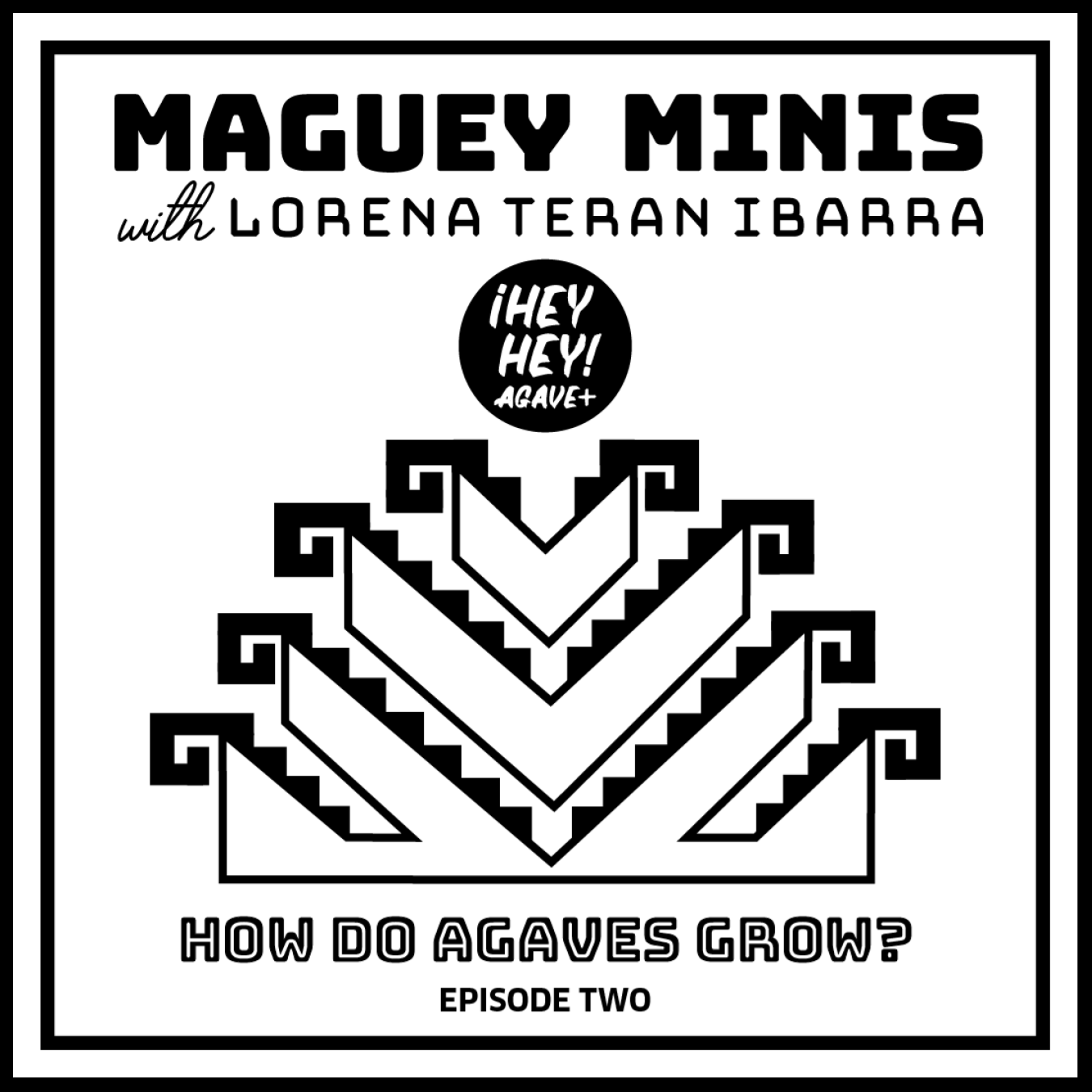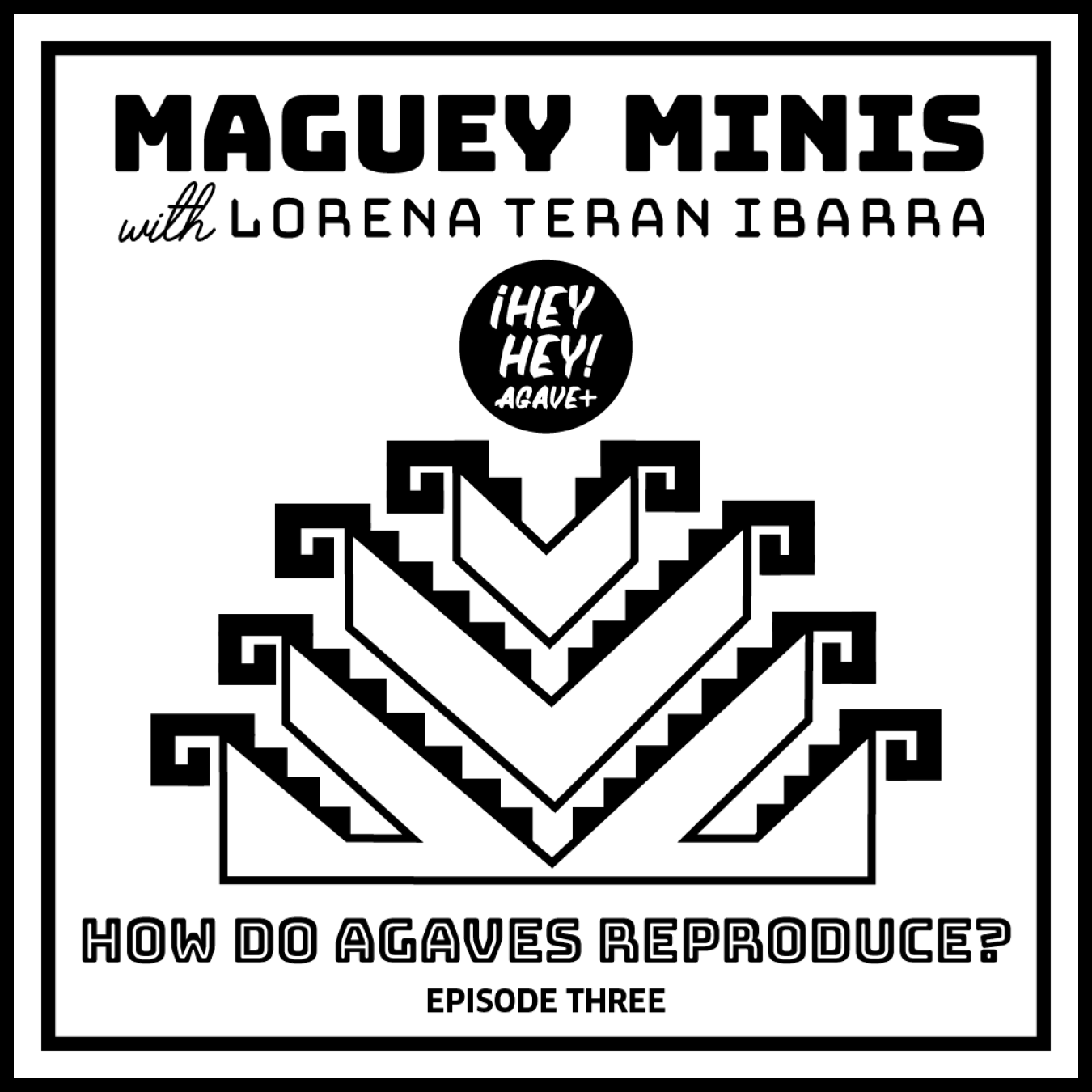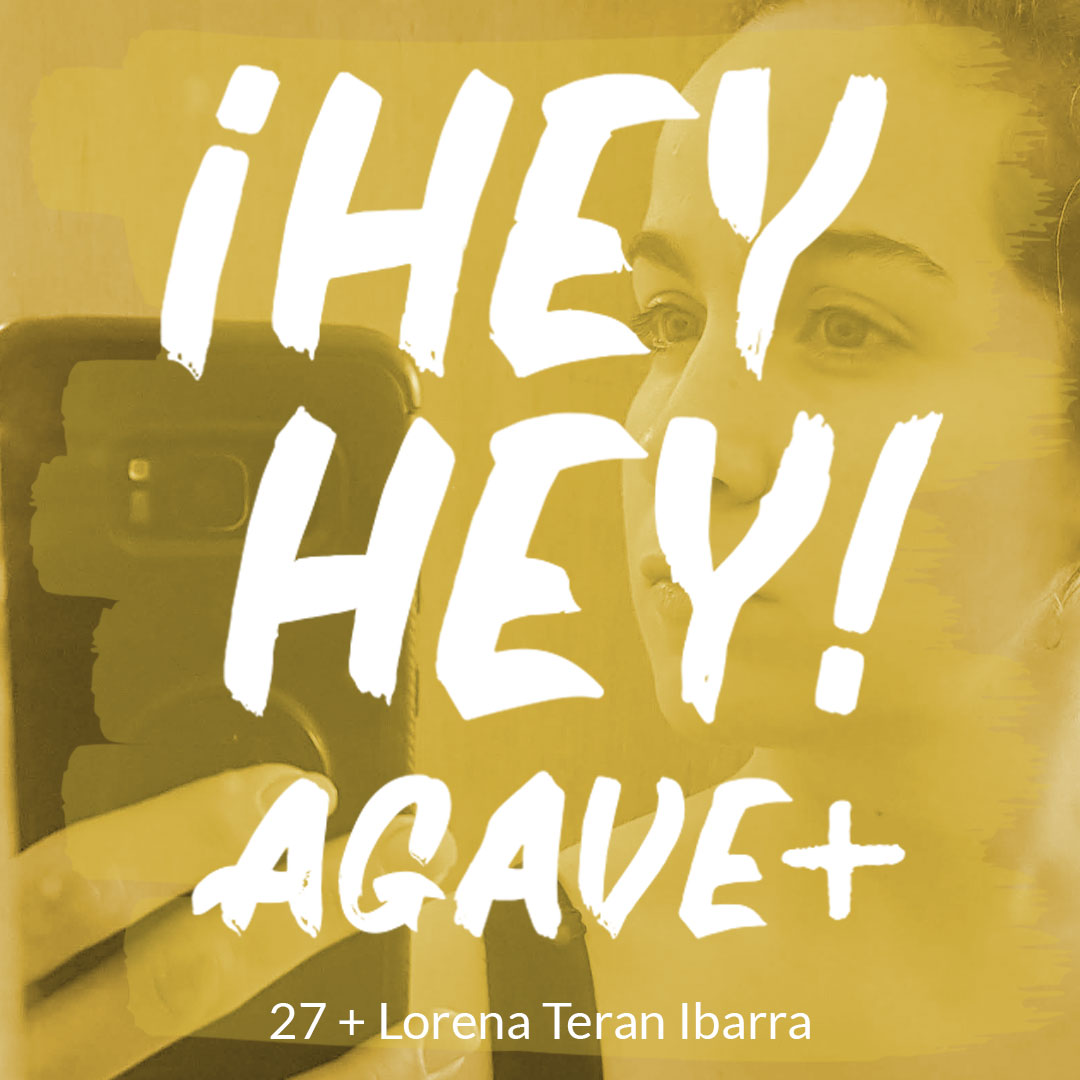Your Cart is Empty
free shipping $300+

Maguey Minis + Episode Two
How do agaves grow?
In our second installment of Maguey Minis, Lorena Teran Ibarra explains the anatomy of the agave plant. We begin with the difference between monocots and eudicots and describe the latter's particular spiral growth patterns.
We discuss the leaves or pencas of the plants and touch on some of the different morphological variations they can present.
Did you know magueys breath at night?! We explain CAM photosynthesis and the impressive way these plants store their carbon dioxide for later use.
We hope you enjoy!

In these images you can see agave cotyledons shooting up through the soil.
All monocarpic flowering plants have an embryonic seed leaf called a cotyledon.
The cotyledon looks like a thick blade of grass.

As the plant matures the agave leaves or pencas grow out from the base of the plant in a spiral iterative formation forming a rosette.
The inner leaf pushes out the outer leaves from the center of the plant and it continues this spiral growth its entire life.

Mature pencas of three different agave species:
(Left) A. inaequidens (common name: Bruto) in Cotija, Michoacan
(Middle) A. karwinskii (common name: tobaziche) in Logoche, in Lachigüizo which is a town outside of Miahautlan, Oaxaca
(Right) A. sp (common name: Manso Sahuayo) in Cotija, Michoacan

Each species presents different formations of spines along the edges and/or tip of its penca.
(Left) A. lyobaa
(Right) A. gypsicola

The spines have several different common or colloquial names such as chichis (breasts in english).
(Left) A. potatorum (common name: papalometl) in Oaxaca
(Right) A. marmorata (common name: becuela) in Santa Catarina Minas, Oaxaca

An example of how an unhealthy A. convalis can present in the wild.
The agaves on the left are stressed from lack of water and nutrients.
The agave on the right is an example of a healthy A. convalis.

Documentation of an agave in Texas during the big freeze of 2021.

Agaves have adapted to preserve and store as much water as possible.
This is done by keeping their stomas (pores that control gas release) closed during the day.
All the work happens at night!
At night an agave's stoma opens so it can take in carbon dioxide and store it in as malic acid.
During the day the malic acid is converted back to carbon dioxide and with energy from the sun the CO2 is converted into sugars.
In addition to taking in CO2 at night, agaves also release the Oxygen that was photosynthesized during the day.
An excellent tutorial on CAM from Khan Academy

This image was taken by Vanessa Merrill.
It beautifully captures these majestic plants at night...and now you know just how hard they are working!

The roots of baby tobalas (A. potatorum) in the Copita Field Vivero.

You can see the thicker “anchor” roots in the image on the left.
Lorena with her son Poño in the vivero (right).



Lorena Terán Ibarra is the director of Copita Project for El Buho Mezcal where she leads the regenerative agriculture and educational programs.
Initiated by the founders of El Buho, the Copita Project seeks to replenish and preserve the balance of the natural environment while planting cultivated and semi-cultivated agaves.